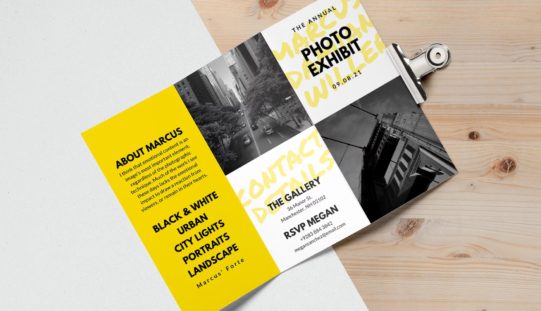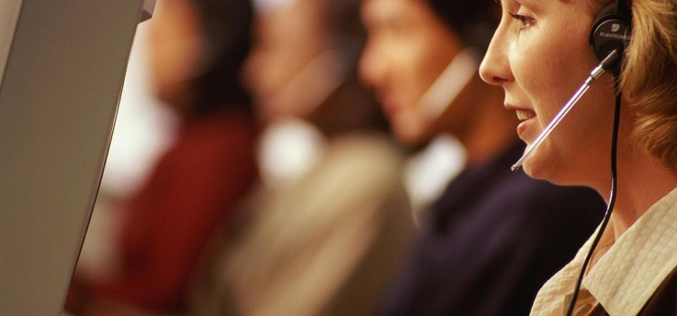Management

Five Ways Entrepreneurs Manage Their Brain Health
February 16, 2018
Roles and Responsibilities of a Project Manager
October 28, 2017
4 Benefits to Cloud-Based Data Management
October 22, 2017
5 Tips on Managing Your Metadata Better
September 21, 2017Finance
Mortgages are crucial one and people get them to move their life forward. Once you have decided to get a

Tax Preparation Services: To Hire Or Not To Hire
March 26, 2019Marketing

How to Organize a Unique Boston Wedding
December 15, 2018Business
Read MoreMax Polyakov’s Valuable Insights About the Integration Process at Noosphere Ventures
As Max Polyakov, the Noosphere Ventures managing partner, explains, vertical integration is the way to move forward. That means a company gathers its portfolio of companies in such
Best Details for the Perfect Board Membership
It is quite natural that a person dreams of a promotion at work as board members, because to be realized in a career today is important for both men and
How to Choose a Virtual Office in London
If you need a virtual office in London, then you should know that there are several different options to choose from. After all, this is a very prestigious city, and
8 Basic Steps for Setting Up a Business in Dubai
Commencing a trade/business in United Arab Emirates must only take approx. one week; once you have organized all the official procedures. Before beginning your official/legal formalities, think about some elements
Sales
Read MoreEnter each prize sweepstakes or challenge conceivable. Enable the patron to make contact with you with unique offers, and provide
Within the sales field, there are various ways to develop a sales lead. The technique that’s hardest to shut a
If you are battling to obtain your voice mails came back, then you are not by yourself. Industry stats reveal
What’s AI? AI means Artificial Intelligence. I favor automated intelligence. It’s already around in lots of forms. Artificial Intelligence may




























